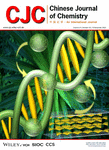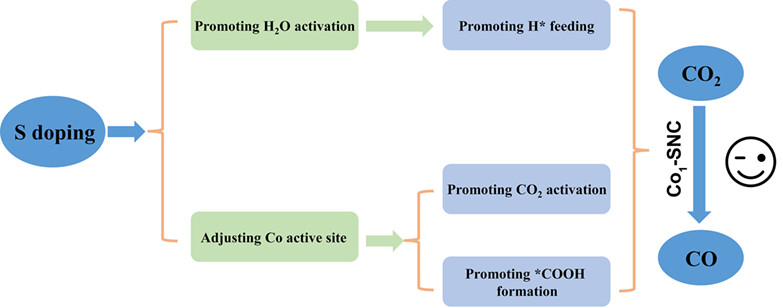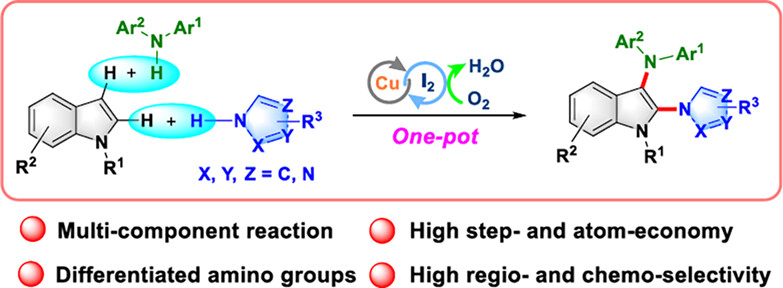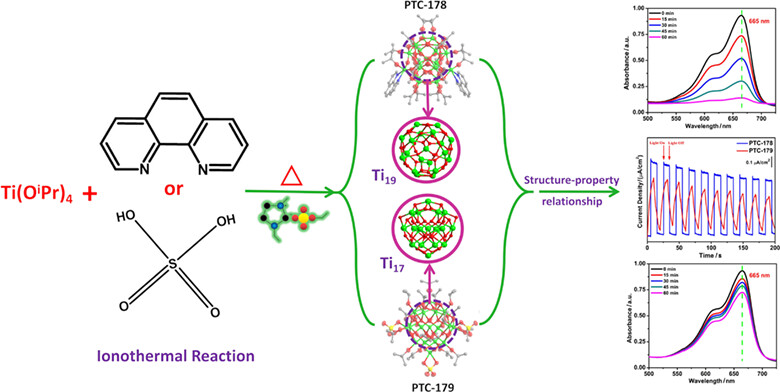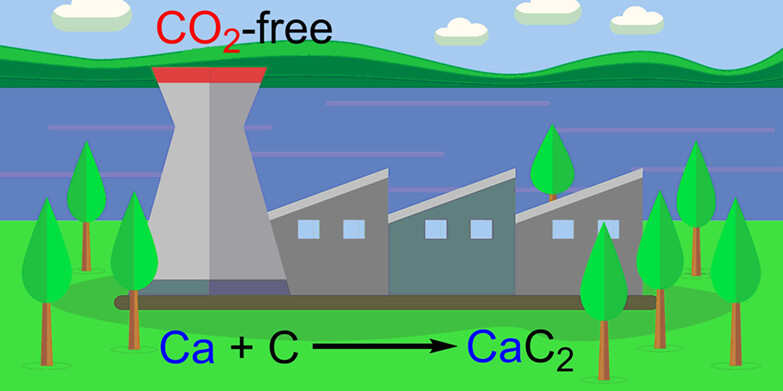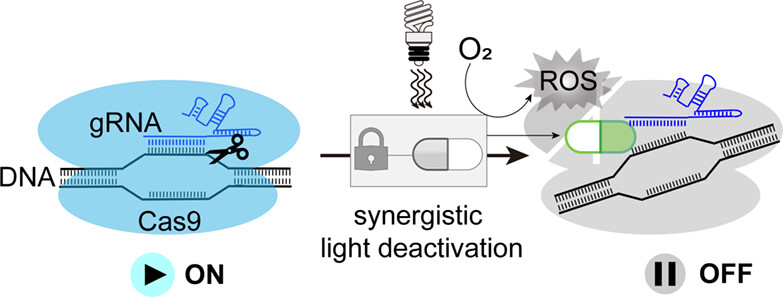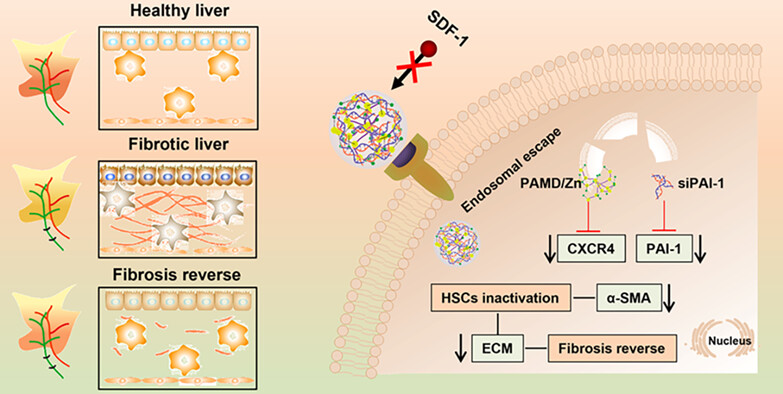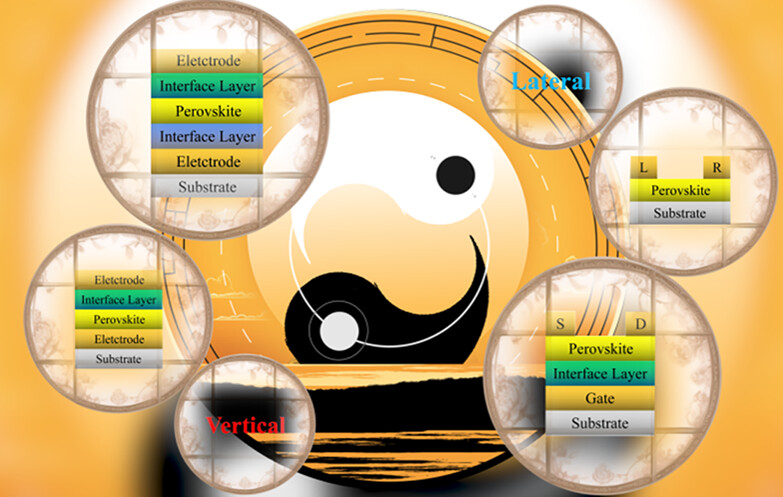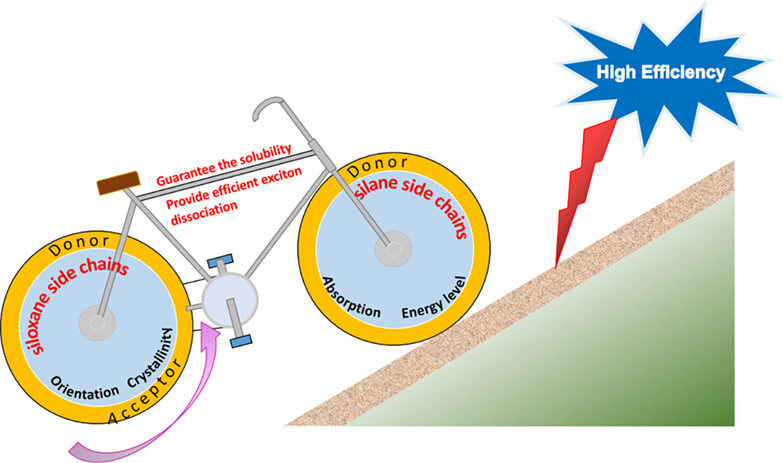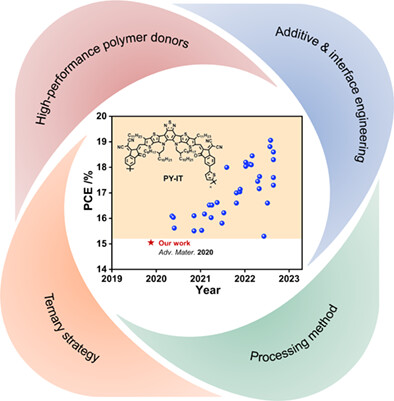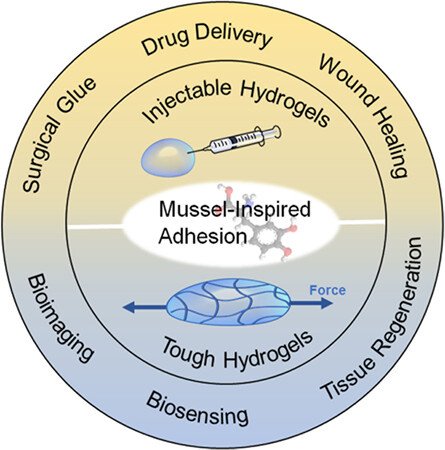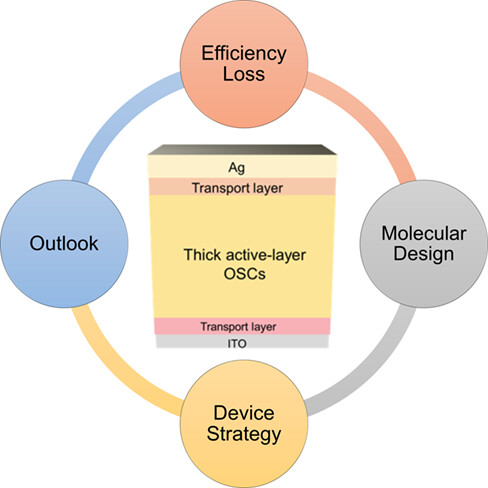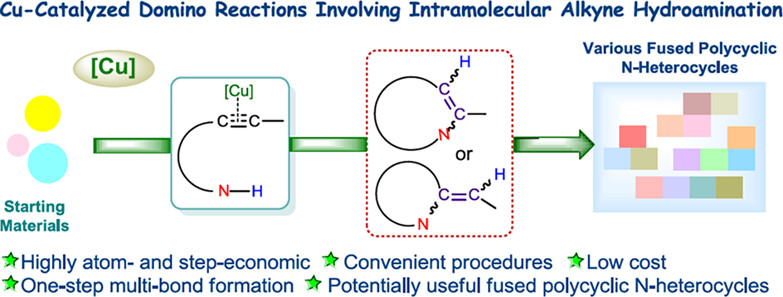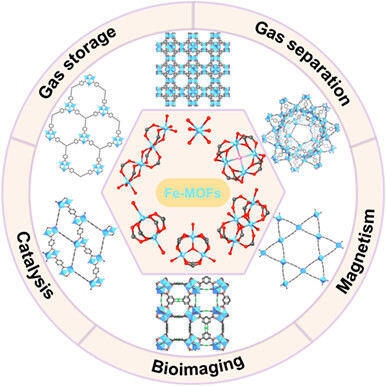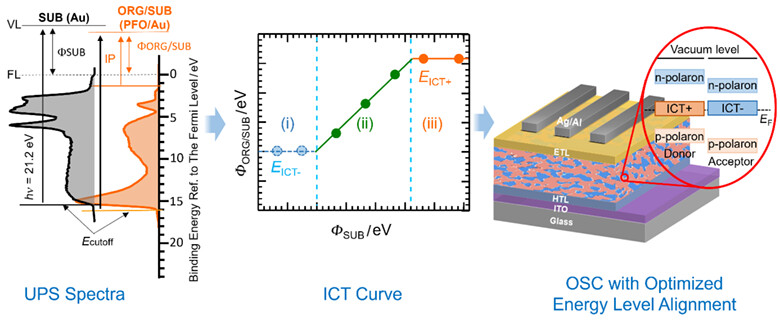Journal list menu
Export Citations
Download PDFs
Cover Picture
Cover Picture
- Page: 3497
- First Published: 15 November 2023
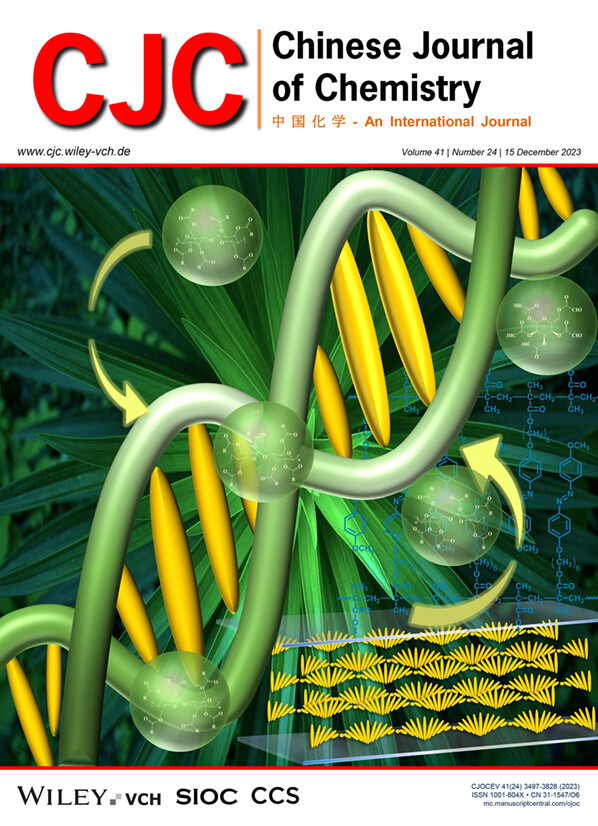
The cover image depicts the process of chirality transfer from the natural cellulose derivatives to azobenzene-containing achiral polymer films. The green plants in the background represent nature property, indicating that the chiral cellulose is widely distributed in life. At the same time, it also shows that the cost of using such natural chiral substances as chiral inducers will be relatively low and more environmentally friendly. More details are discussed in the article by Zhang et al. on page 3625—3632.
Inside Cover Picture
Inside Cover Picture
- Page: 3498
- First Published: 15 November 2023
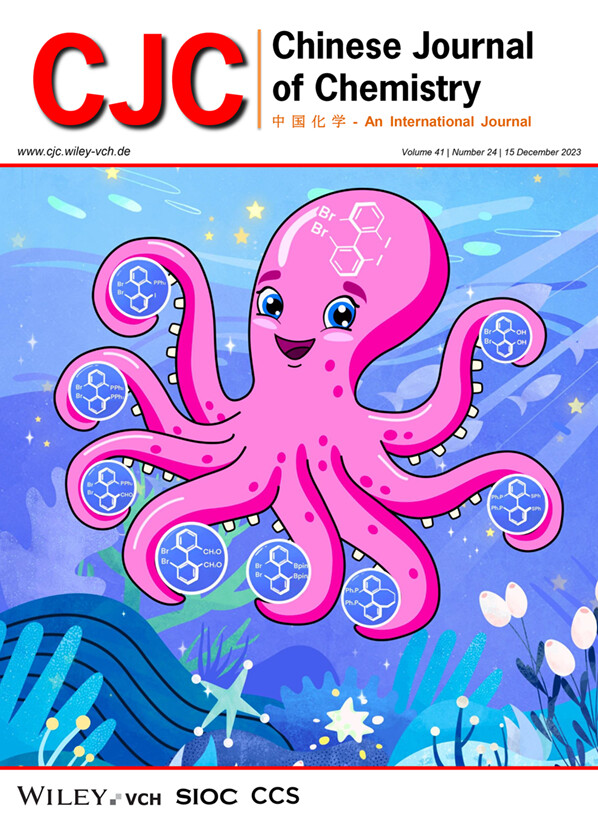
This picture depicts a recently synthesized chiral precursor, specifically identified as 2,2'-dibromo-6,6'-diiodo-1,1'-biphenyl, that exhibits a remarkable capability for effortless conversion into a variety of atropisomeric compounds. This work was highlighted by successively demonstrating C—I and C—Br metalation of the aforementioned precursor, followed by carboxylation, boroylation, oxygenation, allylation, phosphinylation, etc. These findings offer a new and convenient approach for synthesizing axially chiral biphenyls. More in-depth information, please refer to the article by Gu et al. on page 3515—3520.
Contents
Breaking Reports
Preparation of Optically Active 2,2'-Dibromo-6,6'-diiodo-1,1'-biphenyl: A Powerful Precursor for Modular Synthesis of Functionalized Atropisomers
- Pages: 3515-3520
- First Published: 22 August 2023
Copper-Catalyzed Highly Stereoselective Hydrodifluoroallylation of Cyclopropenes and Alkenyl Boronates with 3,3-Difluoroallyl Sulfonium Salts
- Pages: 3521-3527
- First Published: 03 September 2023

A copper-catalyzed hydrodifluoroallylation of cyclopropenes and alkenyl boronates with 3,3-difluoroallyl sulfonium salts (DFASs) has been developed. The reaction provides an array of gem-difluoroallyl cyclopropanes and borylalkanes with high efficiency and stereoselectivity under mild reaction conditions. The synthetic utility of this approach has also been demonstrated by the diversified transformations of the gem-difluoroallylated products.
Concise Reports
A Pincer Cobalt Complex as Catalyst with Dual Hydrogenation Activities for Hydrodeoxygenation of Ketones with H2
- Pages: 3528-3532
- First Published: 16 August 2023
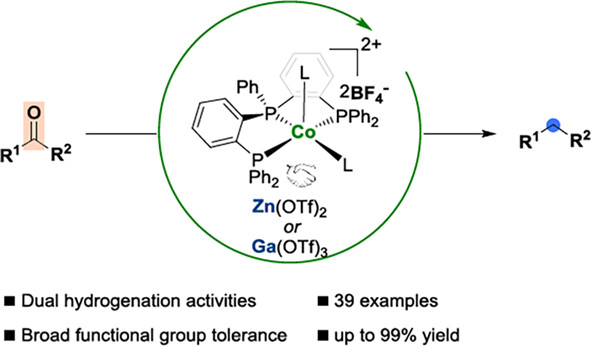
A homogeneous cobalt catalyst with dual hydrogenation activities was developed for deoxygenation of ketones with a Lewis acid as the co-catalyst. This protocol features a broad substrate scope and excellent functional group tolerance. Mechanistic studies supported a hydrogenation-dehydration-hydrogenation pathway for this hydrodeoxygenation reaction.
Asymmetric α-Pentadienylation of β-Ketocarbonyls and Aldehydes by Synergistic Pd/Chiral Primary Amine Catalysis
- Pages: 3533-3538
- First Published: 16 August 2023

Direct alkylation with skipped enynes or cyclopropropylacetylenes represents an ideal process for the installation of pentadienyl group in terms of atom- and step-economy. We herein describe a synergistic chiral primary amine/Pd catalysis for asymmetric α-pentadienylation of β-ketocarbonyls and aldehydes with skipped enynes or cyclopropropylacetylenes. The reaction features the construction of acyclic all-carbon quaternary centers with high enantioselectivity, and good functional group tolerance and scalability.
Nickel-Catalyzed Cross-Electrophile Coupling of Triazine Esters with Aryl Bromides
- Pages: 3539-3546
- First Published: 19 August 2023
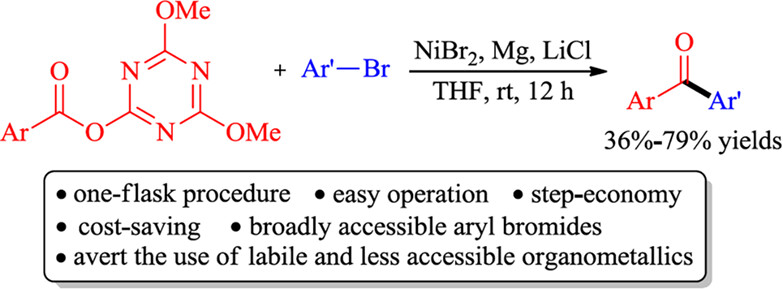
An efficient nickel-catalyzed cross-electrophile coupling of triazine esters with aryl bromides in the presence of magnesium powder and lithium chloride in THF is reported. The cross-coupling reactions proceeded smoothly at room temperature to afford a variety of structurally diverse diaryl ketones in moderate to good yields with wide functional group tolerance.
Iron-Catalyzed Alkenylzincation of Internal Alkynes
- Pages: 3547-3552
- First Published: 16 August 2023
Promoting Electrocatalytic CO2 Reduction to CO via Sulfur-Doped Co-N-C Single-Atom Catalyst
- Pages: 3553-3559
- First Published: 15 August 2023
Chloride-Bridged Dimeric SalphenZr(IV) Cobaltate Catalyst Unleashes the Potential of Base-Free Carbonylative Polymerization for Biodegradable PHAs
- Pages: 3560-3566
- First Published: 21 August 2023
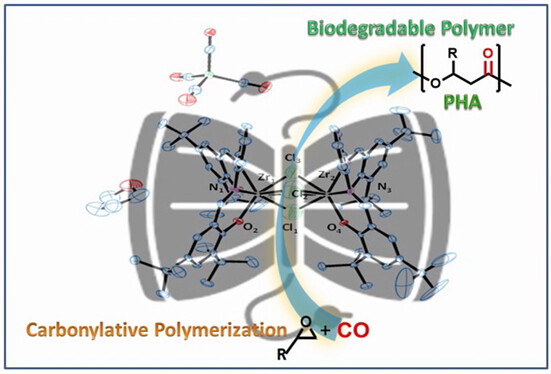
Poly(3-hydroxyalkanoates) (PHA), promising biodegradable polymers, are hindered by the lack of efficient catalytic systems for competitive commercialization. Addressing this, we introduce a chloro-bridged dimeric salphen zirconium cobaltate complex. Under mild conditions under base-free conditions, it achieves full monomer conversion, 92% PHA selectivity, and challenges the prevailing β-lactone pathway. Instead, direct epoxide and carbon monoxide co-polymerization emerges as a unique and efficient PHA synthesis mechanism
Synthesis of 2,3-Diaminoindoles via a Copper-Iodine Co-catalytic Strategy
- Pages: 3567-3572
- First Published: 28 August 2023
Asymmetric Hydrogenation of Tetrapyridine-Type N-Heteroarenes Using Phosphine-Free Ruthenium Diamine Catalysts
- Pages: 3573-3578
- First Published: 04 September 2023
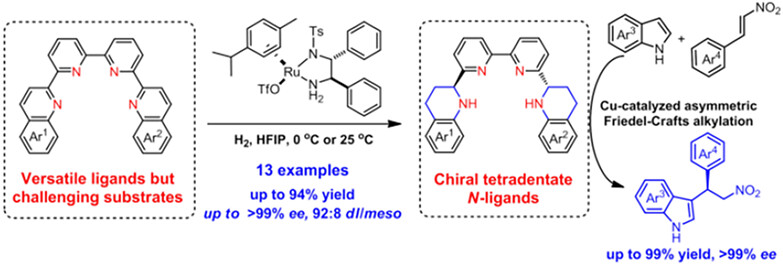
The first asymmetric hydrogenation of tetrapyridine-type N-heteroarenes, catalyzed by phosphine-free chiral cationic ruthenium diamine complexes, was successfully developed. With this methodology, a broad range of enantiopure tetradentate pyridine-amine-type ligands were obtained in high yields (up to 93%) with excellent stereoselectivities (up to 92 : 8 dl/meso and >99% ee) under mild conditions. Furthermore, the resulting tetradentate nitrogen-donor ligands were successfully applied in the Cu-catalyzed asymmetric Friedel–Crafts alkylation of indoles.
Mechanistic Investigations into the Catalytic Mode of a Dehydratase Complex Involved in the Biosynthesis of Lantibiotic Cacaoidin
- Pages: 3579-3586
- First Published: 07 September 2023
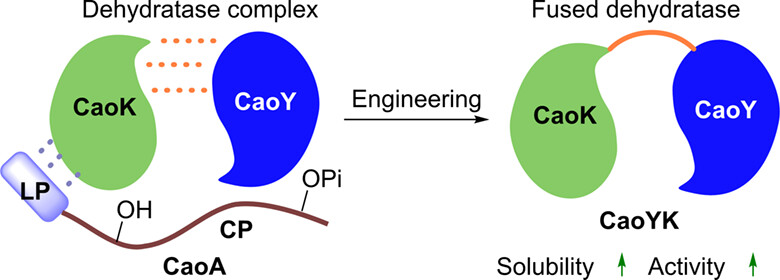
Herein, we report that the dehydration process of lantibiotic cacaoidin involves a dehydratase complex, which is composed of a phosphotransferase CaoK and a lyase CaoY in a 1 : 1 molar ratio. We show that fusing CaoK to CaoY enables the resulting enzyme CaoYK to exert enhanced solubility and dehydration activity.
Total Synthesis of Syringin and Its Natural Analogues via C—C Bond Activation of Aryl Ketones
- Pages: 3587-3592
- First Published: 24 August 2023
Formal Deoxygenative Cross-Coupling of Aldehydes to Ketones through α-Haloboronates: A Route to Deoxygenative Hydroacylation of Aldehydes
- Pages: 3593-3597
- First Published: 10 September 2023
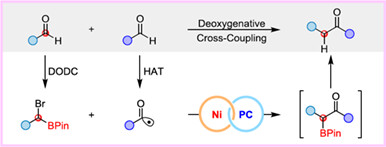
A cross-coupling of aldehydes with α-haloboronates has been achieved under dual nickel/photoredox catalysis system. Considering the easy preparation of α-haloboronates with our deoxygenative difunctionalization of carbonyls (DODC) strategy, this protocol provides a formal deoxygenative cross-coupling of aldehydes to one-carbon-prolonged ketone products. The mild conditions enabled good functional group tolerance and broad substrate applicability. The application of this method was presented via a tunable synthesis of two ketones with very similar skeletons from two same aldehydes.
Palladium-Catalyzed Oxidative Alkynylation of Allenyl Ketones: Access to 3-Alkynyl Poly-substituted Furans
- Pages: 3598-3604
- First Published: 05 September 2023
Ionothermal Synthesis and Photoactivity of Ti17 and Ti19-Oxo Clusters Functionalized by Sulfate and 1,10-Phenanthroline Ligands
- Pages: 3605-3610
- First Published: 04 September 2023
CO2-Free Calcium Carbide Manufacturing: Demanded Strategy in the Carbon-Neutral Chemical Industry
- Pages: 3611-3617
- First Published: 22 August 2023
Acidic Electrocatalytic Semihydrogenation of Alkynols to Alkenols on Copper Phosphide at Industrial-Level Current Density
- Pages: 3618-3624
- First Published: 08 September 2023
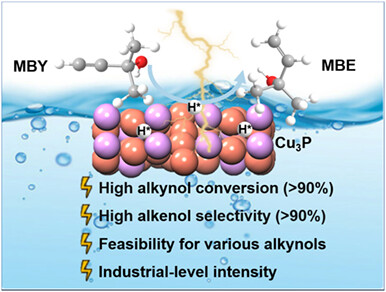
We demonstrate a novel electrocatalytic strategy for selectively hydrogenating alkynols to corresponding high-value-added alkenols under ambient temperature and pressure. In acidic solution, the as-fabricated Cu3P nanoarrays on Cu foam exhibit high alkynol conversion, high alkenol selectivity, and superior long-term stability at an industrial-level current density.
Chiroptical Generation, Switching, and Long-Term Memory in Supramolecular Azobenzene-Pendant Polymer: Regulation by Cellulose Peralkyl Esters, D-/L-Glucose Permethyl Esters, Solvents, UV Light Irradiation, and Thermal Annealing Process
- Pages: 3625-3632
- First Published: 31 July 2023
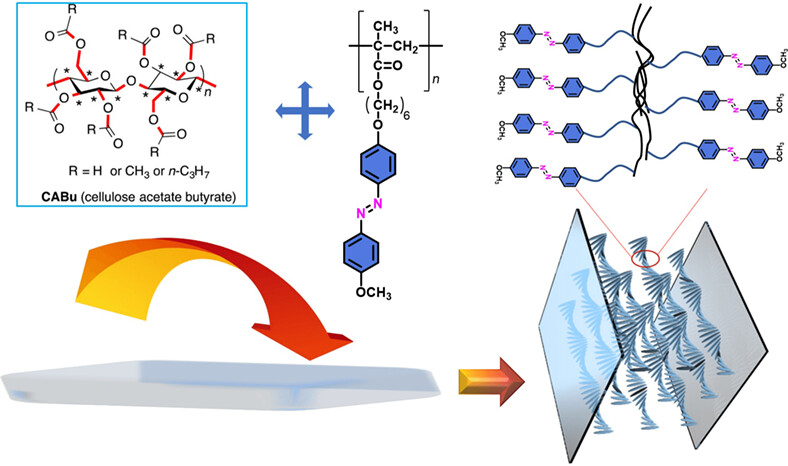
The chirality transfer from a natural chiral biosource to achiral azobenzene polymers is developed based on the simple and efficient spin-coated film. The annealing treatment, the content of chiral inducer and the molecular weight of the Azo polymer are key to the induction of supramolecular chirality by cellulose derivatives. The corresponding chirality-inducing mechanism was demonstrated to arise from the aggregation chirality induced by the C-H/O=C and C-H/π interactions between the glucose repeating units and the PMMAzo polymer side-chains.
Cobalt-Catalyzed Difunctionalization of Styrenes via Ligand Relay Catalysis
- Pages: 3633-3638
- First Published: 29 August 2023

Here, we report a cobalt-catalyzed sequential dehydrogenative Heck silylation/hydroamination of styrenes with hydrosilane and diazo compound to access 1-amino-2-silyl compounds with excellent regioselectivity. Not only di- and tri-substituted hydrosilanes, but also alkoxysilane is suitable, which does explore the scope of the family of 1-amino-2-silyl compounds. The ligand relay phenomenon between neutral tridentate NNN ligand and anionic NNN ligand is observed for the first time in this one-pot, two-step transformations.
Photo-Modulation of Gene-Editing Enzymes CRISPR/Cas9 with Bifunctional Small-Molecule Ligands†
- Pages: 3639-3644
- First Published: 13 September 2023
Discovery of Alkaloid Quinazolone-Derived Imidazolenones with Novel Structural Scaffolds of Multitargeting Antibacterial Potential
- Pages: 3645-3661
- First Published: 28 August 2023

Quinazolone and imidazole were introduced to both sides of ethenone to construct novel structural quinazolone-derived imidazolenones as unique multitargeting antibacterial agents. The medicinal identification revealed that quinazolone-derived imidazolenones were expected to be further developed into a novel class of multitargeting antimicrobial agents to cope with multi-drug resistant bacterial infections.
Comprehensive Reports
Synthesis, Structure and Magnetic Behavior of a Novel Series of Trinuclear Windwheel Complexes
- Pages: 3662-3668
- First Published: 21 August 2023
Balancing and Therapeutic Roles of CXCR4-Inhibiting Nanomedicine via Synergetic Regulation of Hepatic Stellate Cells and Extracellular Matrix in Liver Injury†
- Pages: 3669-3676
- First Published: 21 August 2023
Yellow-Fluorescence Carbon Dots Employed for pH Sensing and Detection of Tigecycline†
- Pages: 3677-3683
- First Published: 11 September 2023
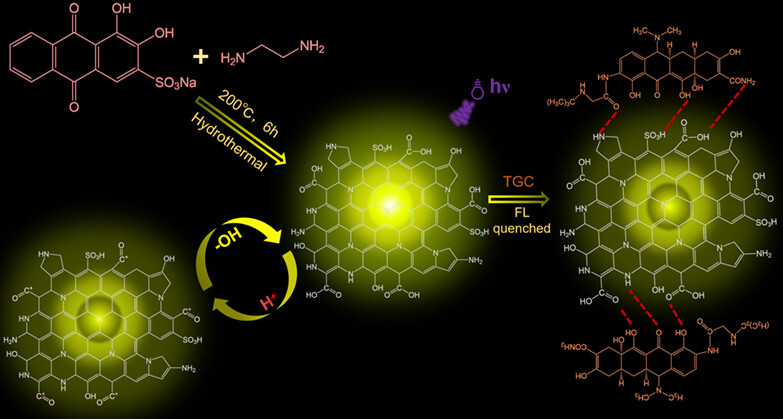
Here, we proposed one type of CDs doped with nitrogen and sulfur through the hydrothermal method, which exhibited the obvious yellow-fluorescence in aqueous solution. Importantly, the fluorescence intensity of CDs decreased with pH decreasing in the acidic range, thus exhibiting the potential of pH sensing. Importantly, introducing tigecycline into these CDs resulted in their decreased fluorescence, thus we further established a strategy of detecting tigecycline.
Emerging Topic
Prediction of Molecular Conformation Using Deep Generative Neural Networks
- Pages: 3684-3688
- First Published: 03 August 2023

Molecular conformations play a crucial role in fields such as materials science and drug design. Traditional methods like molecular dynamics and Monte Carlo simulations are limited in speed and accuracy. Deep learning models offer a promising solution by rapidly generating accurate molecular conformations. This Emerging Topic highlights recent progresses in using deep learning for predicting molecular conformations and explores the potential and challenges of this emerging field.
Recent Advances
Recent Application and Progress of Metal Halide Perovskite Photodetector on Flexible Substrates
- Pages: 3689-3702
- First Published: 20 July 2023
Silane or Siloxane-Side-Chain Engineering of Photovoltaic Materials for Organic Solar Cells
- Pages: 3703-3713
- First Published: 25 July 2023
Mussel-Inspired Adhesive Hydrogels: Chemistry and Biomedical Applications
- Pages: 3729-3738
- First Published: 24 August 2023
Recent Advances in Domino Synthesis of Fused Polycyclic N-Heterocycles Based on Intramolecular Alkyne Hydroamination under Copper Catalysis
- Pages: 3751-3771
- First Published: 04 September 2023
Critical Reviews
Fe-Based Metal-Organic Frameworks: From Various Synthesis, Diverse Structures to Multifunctional Applications
- Pages: 3772-3791
- First Published: 01 August 2023
Organic Semiconductor Interfaces and Their Effects in Organic Solar Cells
- Pages: 3792-3805
- First Published: 03 August 2023
Meet Our New Members of Editorial Board of Rising Stars (2023)
Meet Our New Members of Editorial Board of Rising Stars (2023)
- Pages: 3806-3813
- First Published: 15 November 2023
Meet Our New Editorial Board Members of Spotlights (2023)
Meet Our New Editorial Board Members of Spotlights (2023)
- Pages: 3814-3815
- First Published: 15 November 2023
Author Index to Volume 41, 2023
Inside Back Cover
Inside Back Cover
- Page: 3827
- First Published: 15 November 2023
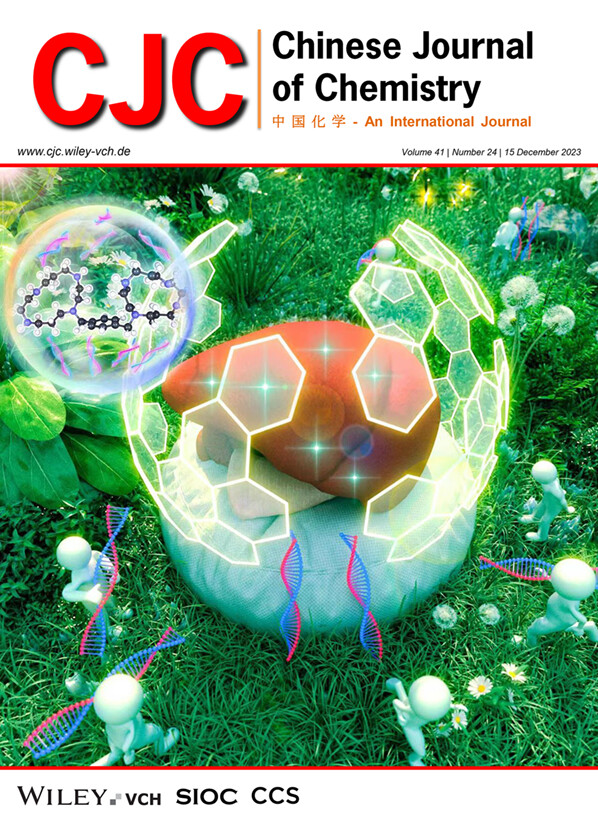
This work reveals the balancing role of polymeric CXCR4 antagonist in the progression of liver injury. The CXCR4-inhibiting nanomedicine constructed based on this discovery can simultaneously inhibit HSCs activation and degrade ECM deposition in liver fibrosis. In today's increasingly serious liver diseases, it represents a versatile platform that offers valuable benefits for the treatment of liver diseases. More details are given in the article by Ding et al. on page 3669—3676.
Back Cover
Back Cover
- Page: 3828
- First Published: 15 November 2023
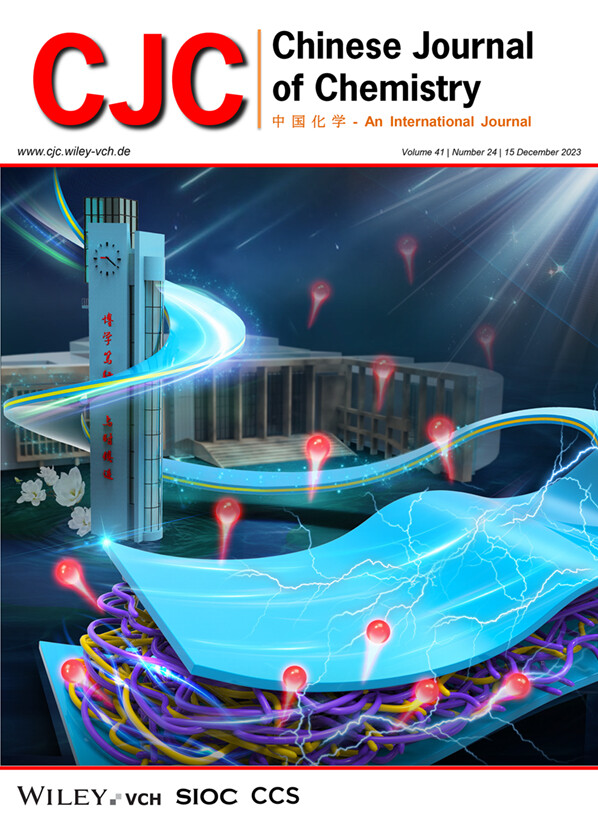
The introduction of the polymerized small-molecule acceptor (PSMA) strategy has significantly enhanced the power conversion efficiency of all-polymer solar cells (all-PSCs). Within this strategy, PY-IT, as an outstanding representative of PSMA, demonstrates remarkable performance, thus finding extensive application in the mechanism investigation and performance optimization of all-PSCs. For more details regarding research based on PY-IT, please refer to the article by Sun et al. on page 3714—3728.




